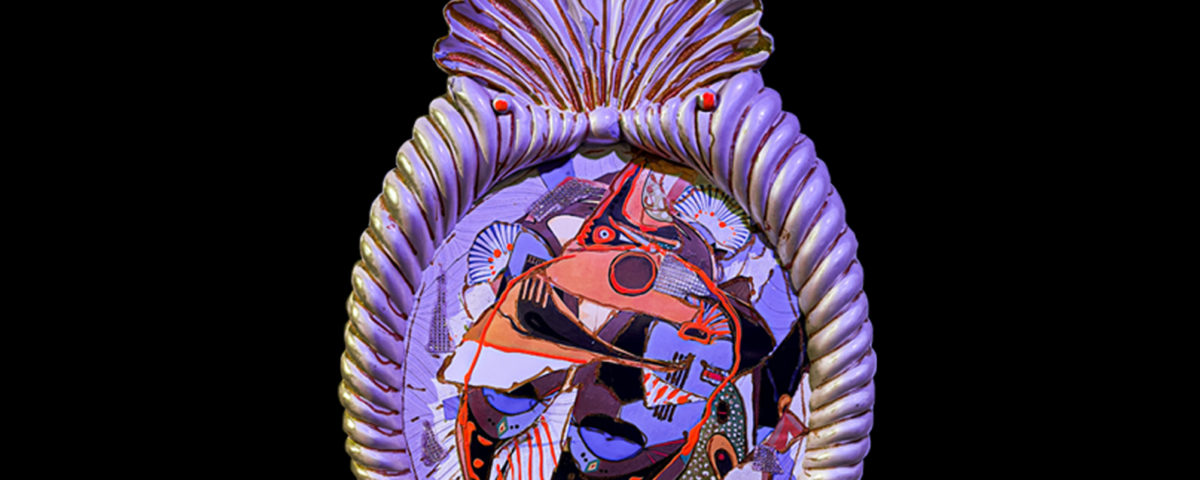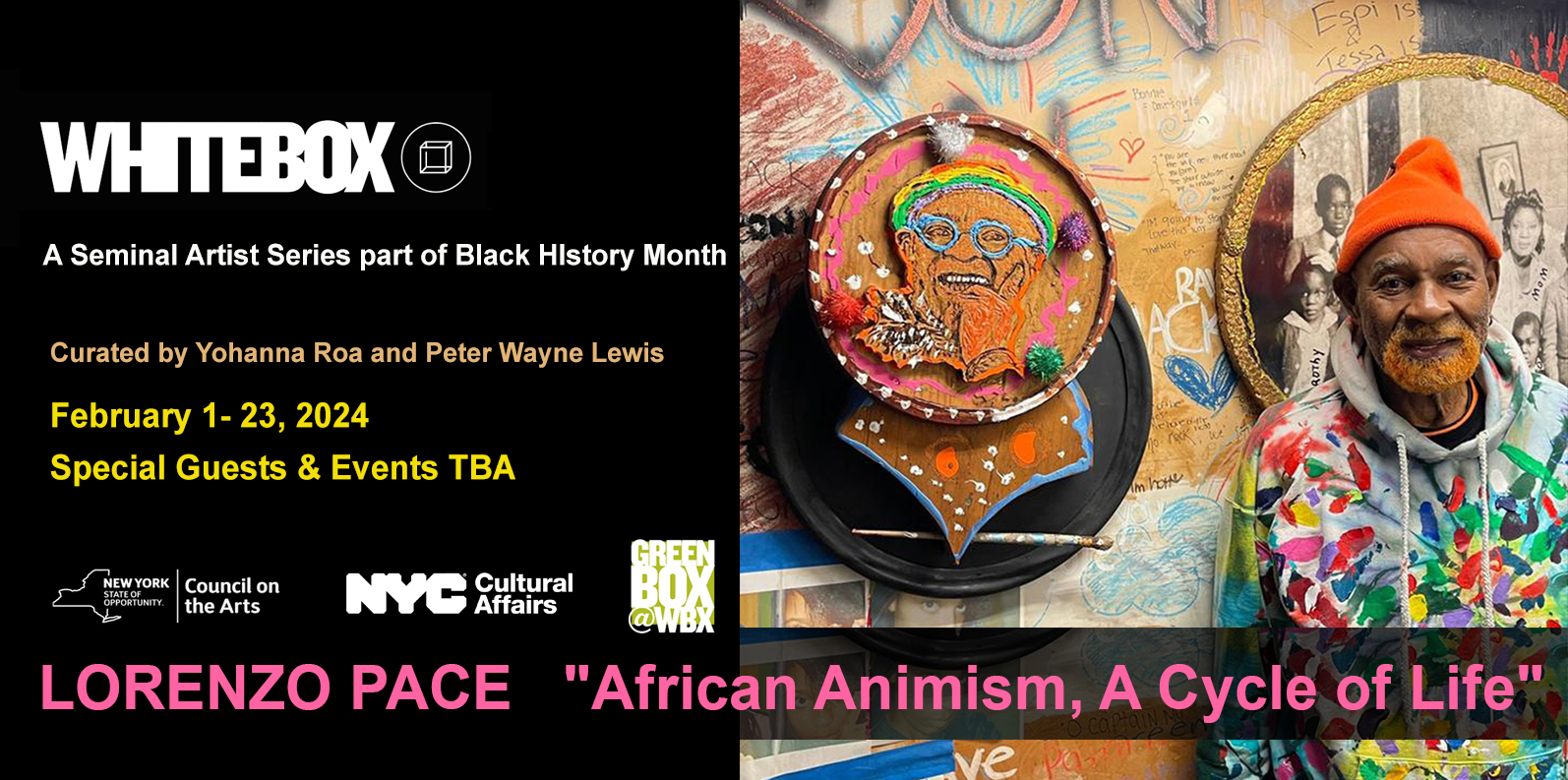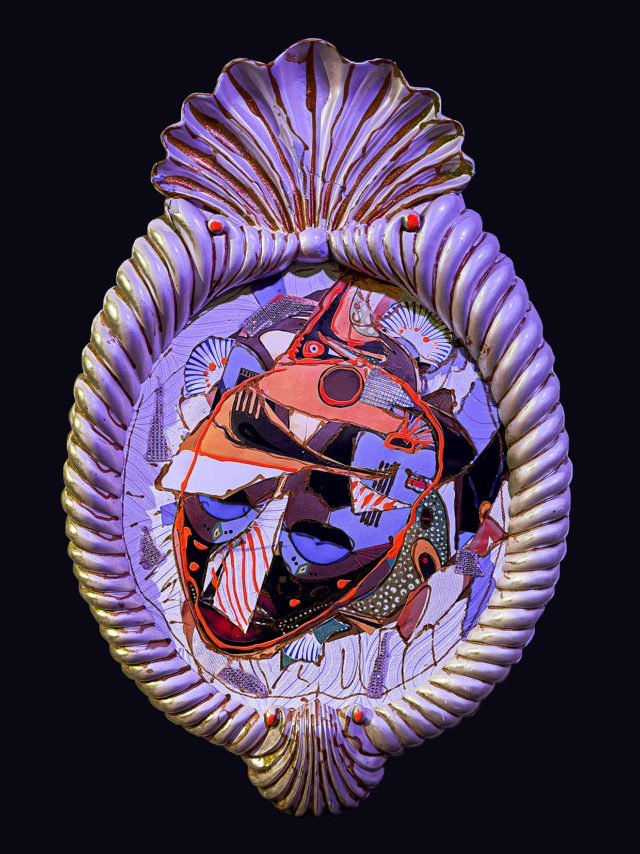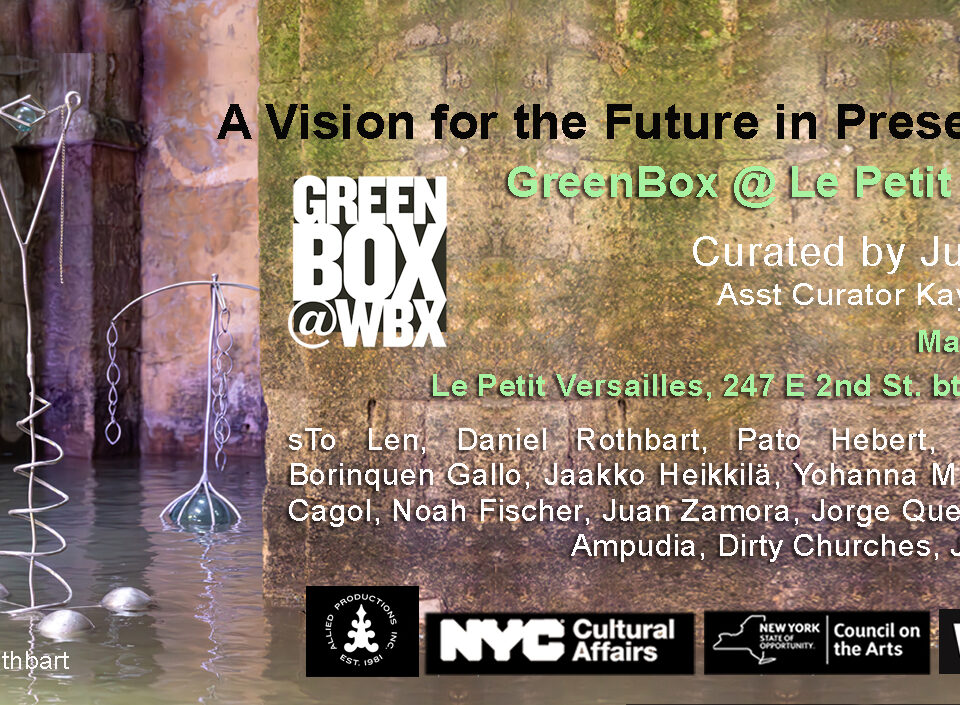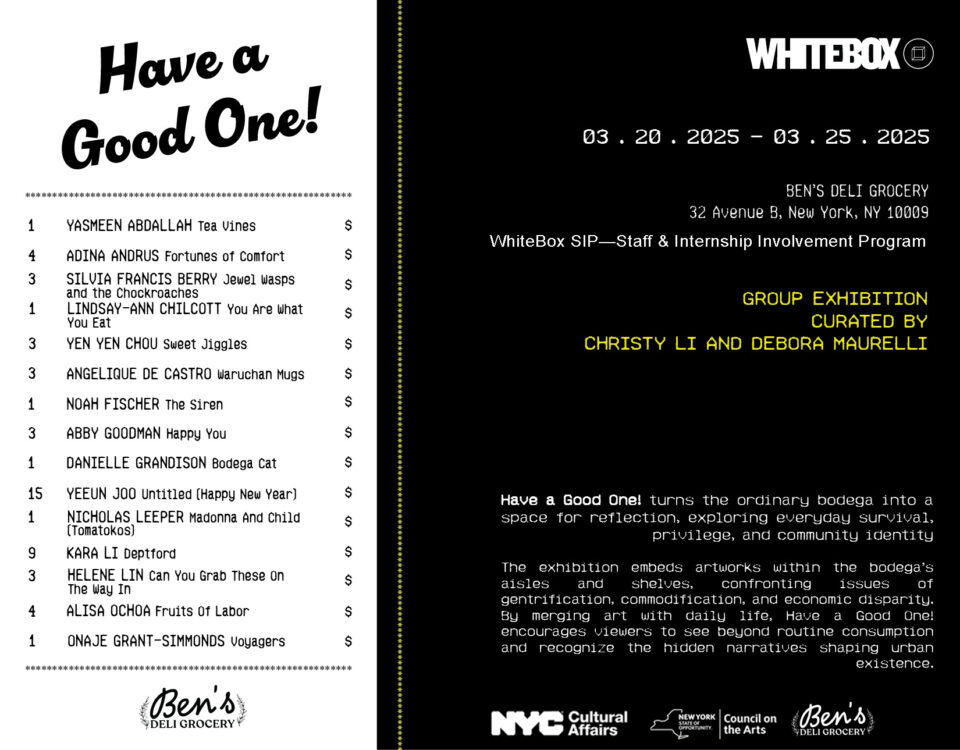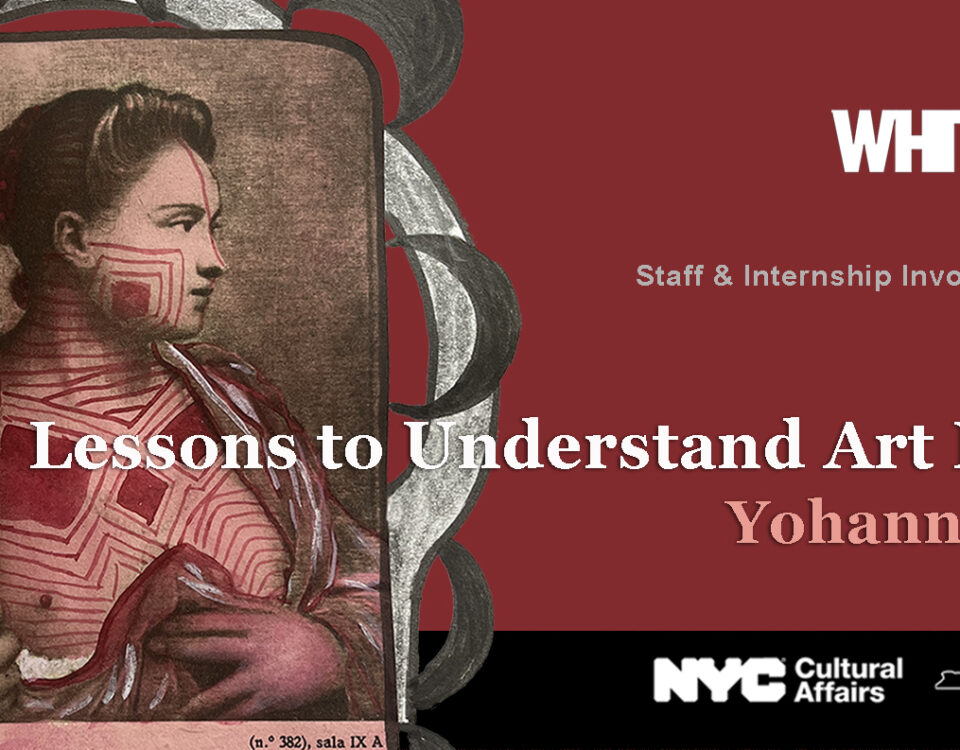
FRED FOREST Archives
January 6, 2024
Slug´s Dizzy Gillespie All-Stars
February 7, 2024As part of WhiteBox celebrating Black History Month with various events and performances in its calendar, we are proud to present Dr. Lorenzo Pace's solo exhibition of Selected Works from February 1st through the 23rd, 2024, organized by Juan Puntes, succinctly curated by the in-house team Peter Wayne Lewis and Yohanna Roa. On view will be a selection of his rarely-seen paintings, collages, and assemblage sculptures, highlighting a more spontaneous, improvisational side of the artist's rich and broad body of work throughout his career. Pace's artworks on view are composed of found materials inspired by family history and 20th-century personal and African animistic cultural references. In its fourth decade vibrant iteration, the artist's Williamsburg, Brooklyn studio is a milestone treasure inspiring and advocating art that celebrates African American freedom and aspirations. Dr. Pace was born in Birmingham, Alabama. He moved to Chicago with his family. He earned his BFA from the Art Institute of Chicago and his Ph.D. from Illinois State University. A major inspiration was the discovery that a lock given to him at his father's funeral belonged to Steve Pace, his great-great-grandfather, who was shackled by that lock when he was brought to America as a slave.
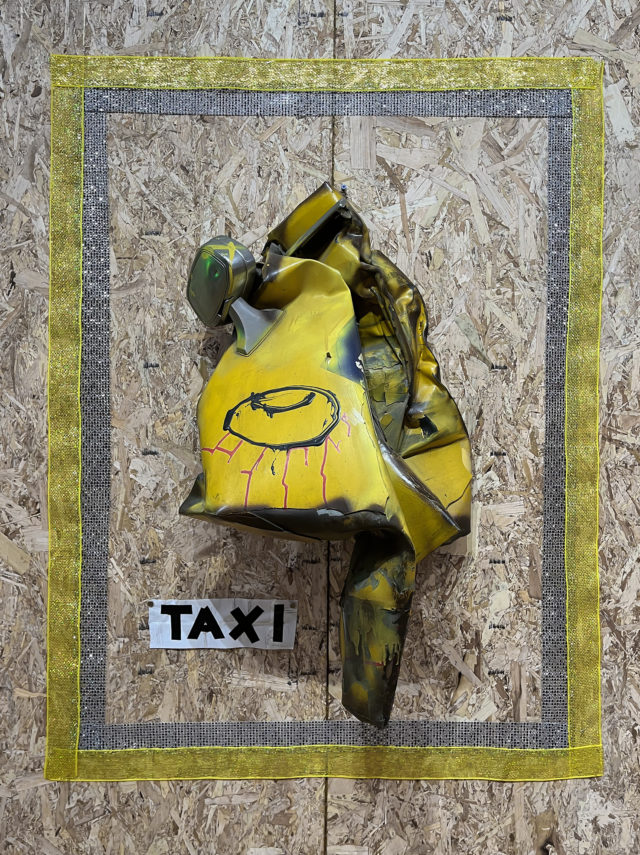
Lorenzo Pace, African Mask,
2002, Taxi
36 × 26 inches
The distinctive feature of traditional African religion is that it is a way of life, and the purpose of religion is to order our relationship with our fellow human beings and our physical and spiritual environment. At its root, there is a search for harmony between man, the spirit of the world, nature and society. ¨[1]
To properly put Lorenzo Pace's work in context, it is necessary to remember the African roots that allowed him to experience the city of New York based on a cultural legacy that involves spiritual beliefs with his political and social positions, thus New York can be experienced differently; traditionally, the forms produced by White culture have been categorized to travel through it, represent it, and live it. For its part, the work of Lorenzo Pace allows us to recognize the city from a cultural legacy that approaches everyday objects differently. At first glance, and due to the use of discarded materials found in the streets, he could be imminently linked with Arte Povera or, due to the iconography he uses, with a kind of Pop Art. However, his work is distant from the usual Westernized view of objects.
The African concept of a human being is that it is composed of body and spirit, but the majority of it is made of spirit. There is also a similar notion towards nature, behind whose visible objects lie powers constituting its true essence, bringing the natural closer to the divine. So, Pace´s works operate as independent entities to which the artist has given a connection between the spiritual and the natural mundane. These objects, divinities, are separated from the Western tradition of the relationship between God and beauty. Differing from the Greeks to whom it would be almost impossible to think of a sacred entity, mutilated or broken, Pace offers us gloriously imperfect Gods.
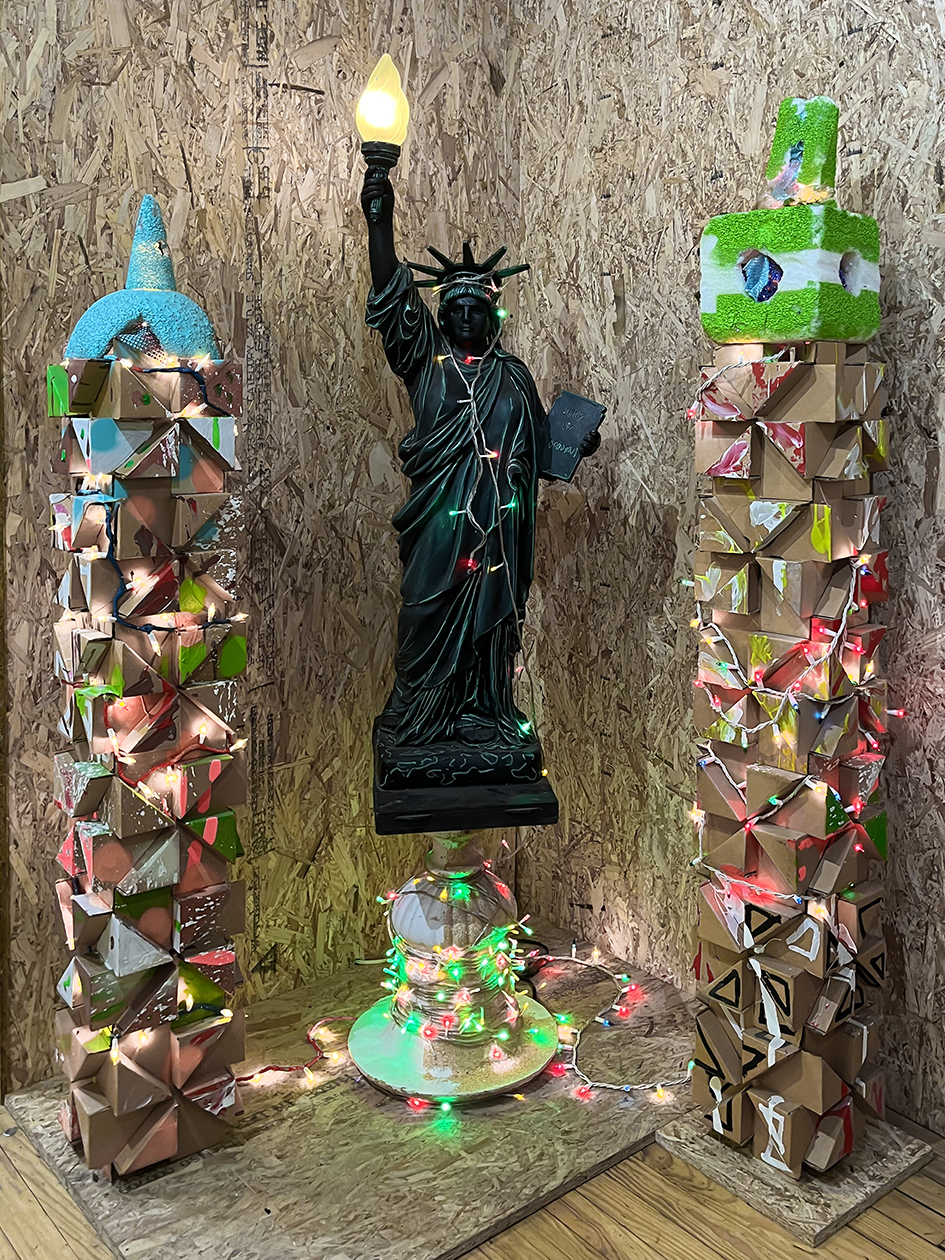
Lorenzo Pace
Our Black Statue of Liberty (2021)
Mixed Media 7 x 4 Feet
This sacred relationship with the objects that humans produce, operates in his work as a recognition of the inheritance left to future generations: that all these objects descend from ourselves as a people. This is clearly seen in works such as: ¨The Rabbit¨ (2023), ¨African Mask¨ (2018), ¨Walking on Clouds¨ (2006) or ¨Taxi¨ (2002). Pace can make these found objects operate as "supernatural" entities that essentially derive their powers from divinities and carry the ancestral inheritance humans constantly create. Viewed this way, there is an understanding that any religion ought to attempt to resolve the mistaken actions of humans. In this way, looking at what is discarded and collecting what is abandoned as detritus to reclaim its past, and offer it a divine future, is an act of responsibility and resistance against acts of consumerism, that destroy the natural environment upon which societies depend.
Another relevant aspect of ancestral heritage is how Pace articulates the past of these found objects and their attached memories. The artist reclaims family and childhood images, producing objects of power that change the status of the past, as is the case of ¨Self Portrait¨, 1998 y ¨Family Portrait¨, 1998 Mom and Pop, 1987. Something similar happens in works we can interpret as commemorative, such as ¨I Have a Dream¨, 2000.
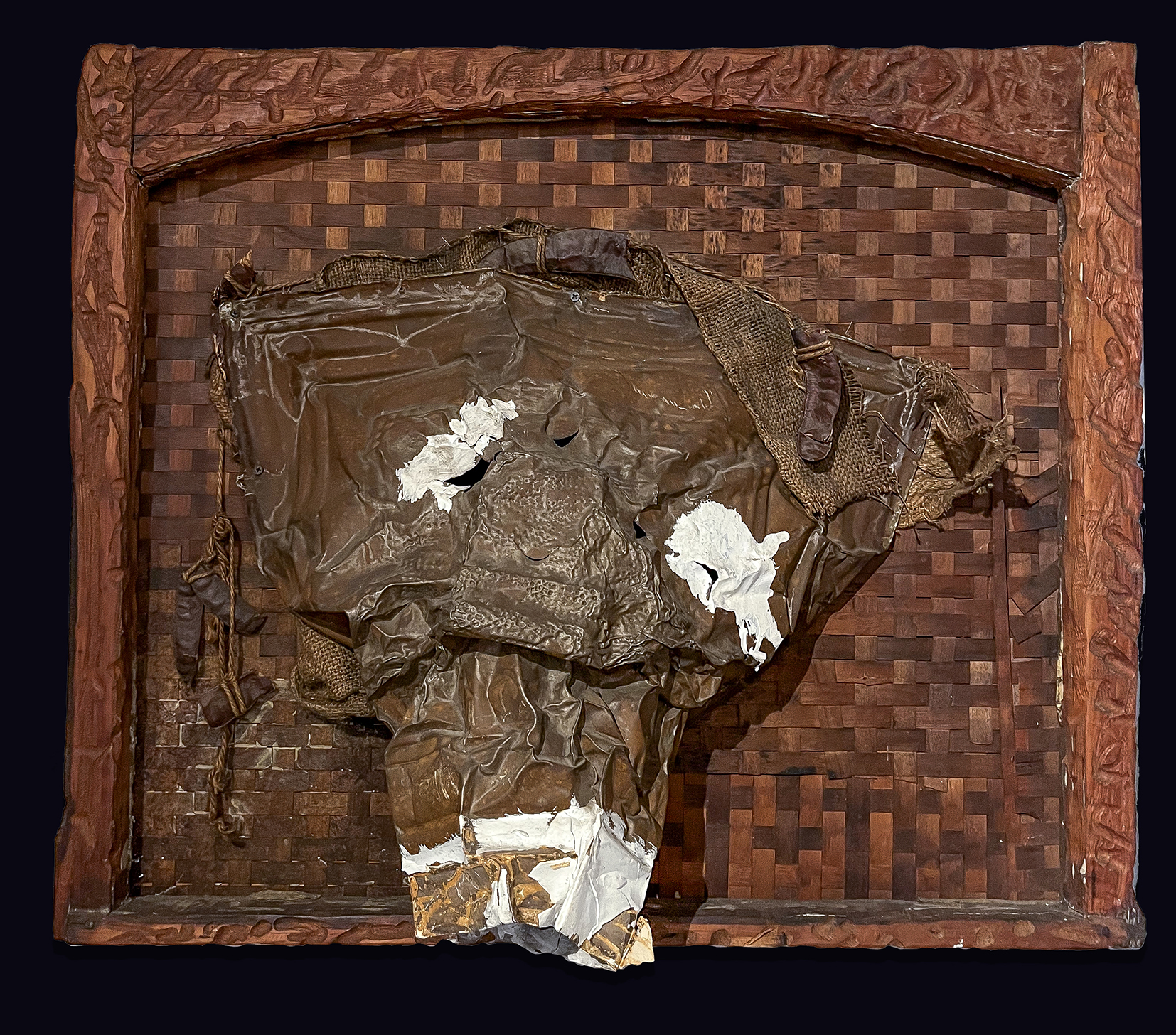
Lorenzo Pace, African Mask,
2018, Mixed Media
36 × 42 inches
A tangent, present African root posits the idea that the dead, the living, and those not yet born form an unbreakable family unit. In this way, there is a relationship between detritus, discards and death; his works are presented as ´prophets´ Lorenzo builds up as part of the plot of the living; he gives them a kind of ´nature´existence, an extra-human dimension where the dead continue being part of humanity. This is the most evident social dimension in his work respecting a past that the community spirit is built upon, in order to keep the group together. In his work, there is a social act of love, an inclination towards the ideas of maintaining a community spirit of the living; that is, collecting garbage and transforming it into a social, spiritual object, an invitation to step away from deep individualism that only leads us to live and die separately, to be victims of disunity and lack of community.
This exhibition by Lorenzo Pace at WhiteBox presents a body of work that reflects the artist's political positions where his African roots and personal and family stories transpolate to the context of the city of New York. They are a proposal to confront the disintegration of communities, where individuals believe and value the ´Me´, the ´Mine´ and venerate the ´Self." In opposition, Lorenzo proposes a "We, Us and Ours" to recover what is rapidly disappearing: our humanity.
[1] Problemas Y Temas En El Estudio De La Religión Tradicional Africana: Una Presentación Critíca De West African Traditional Religion De Kofi Asare Opoku. TABAN LOLIYONG and Daniel de Palma. Estudios de Asia y África Vol. 26, No. 3 (86) (Septiembre-Diciembre, 1991), pp. 497-514 (18 pages). The COLMEX
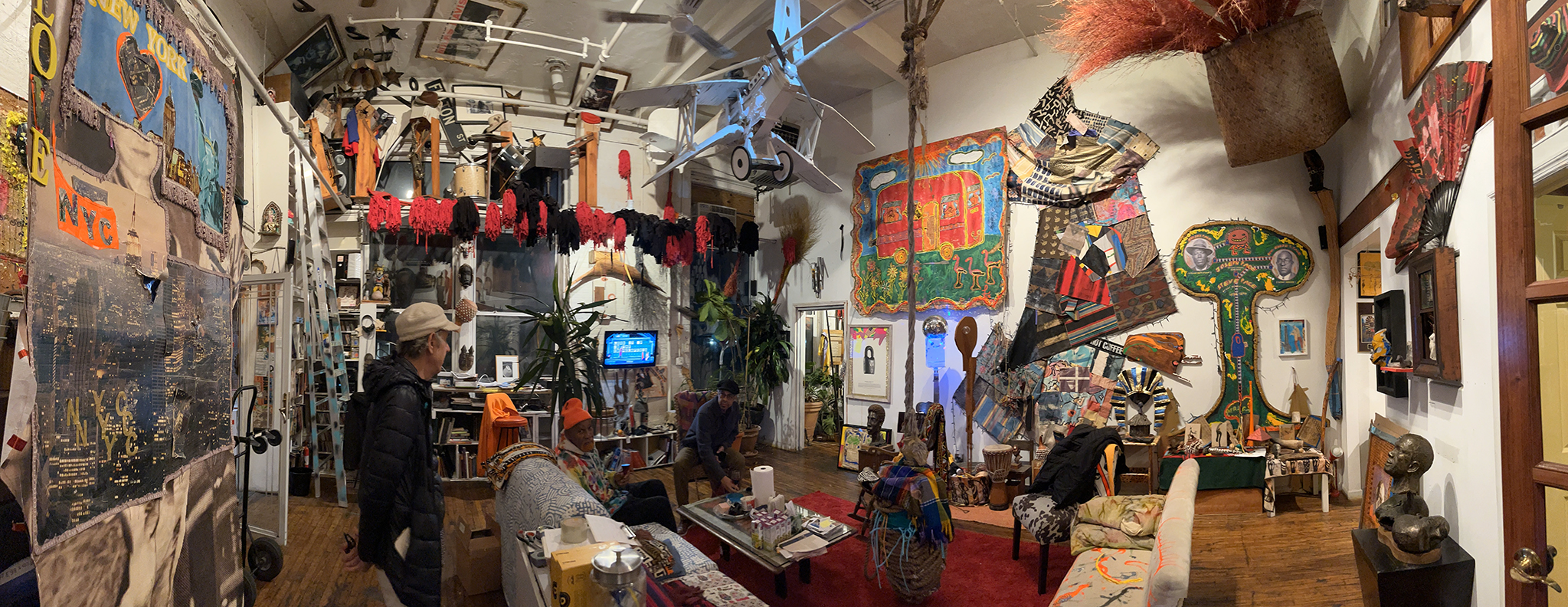
Lorenzo Pace estudio

